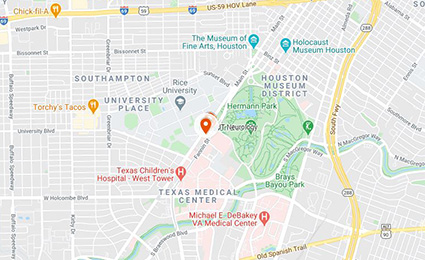Minimally Invasive Artificial Disc Replacement
What is Minimally Invasive Artificial Disc Replacement?
Minimally invasive artificial disc replacement is a spine surgery that removes a damaged or degenerated intervertebral disc and replaces it with an implant. Unlike spinal fusion, which permanently joins vertebrae and eliminates motion at the affected level, this procedure maintains movement between vertebrae, helping preserve more natural spinal movement. The minimally invasive approach uses smaller incisions, advanced imaging, and tubular or specialized retractors to limit disruption of muscles and soft tissues, allowing patients to experience less pain, shorter hospital stays, and a faster recovery compared with traditional open surgery.
Who is a good candidate for Minimally Invasive Artificial Disc Replacement?
Patients with neck and lower back pain caused by disc degeneration or herniation confirmed by imaging. Candidates often have persistent neck, back, arm, or leg pain, or neurological symptoms, such as numbness or weakness that have not improved with nonsurgical treatments like physical therapy, medications, or injections. The procedure is best suited for patients with disease limited to one or two spinal levels, preserved spinal stability, and minimal facet joint arthritis. It is not typically recommended for patients with osteoporosis, advanced arthritis, significant spinal deformity, or multilevel degeneration requiring broader surgical correction.
How is Minimally Invasive Artificial Disc Replacement performed?
The surgery is performed under general anesthesia. For cervical disc replacement, a small incision is made in the front of the neck, and for lumbar disc replacement, the incision is made in the abdomen. Using fluoroscopic guidance and minimally invasive instruments, the surgeon carefully removes the diseased disc and prepares the space between the vertebrae. A mechanical artificial disc, made of durable metal and polymer components, is then inserted into the disc space to restore height and preserve motion. The implant is secured in position, the retractor is removed, and the incision is closed with sutures or surgical glue.
What are the benefits of Minimally Invasive Artificial Disc Replacement?
The minimally invasive approach limits blood loss and muscle disruption while still allowing precise implant placement. Many patients experience rapid improvement in symptoms, such as radiating arm or leg pain, stiffness, or weakness. Because the procedure maintains motion, it may lower the risk of accelerated degeneration at adjacent spinal levels, a complication sometimes seen after spinal fusion. The minimally invasive technique further enhances these benefits by reducing tissue disruption, blood loss, and scarring, often allowing for shorter hospital stays, quicker mobilization, and a faster return to daily activities.
What is the recovery from Minimally Invasive Artificial Disc Replacement?
Many patients are able to walk within hours of surgery and may return home the same or next day, particularly after cervical procedures. Pain is typically managed with oral medications, and light activity such as walking is encouraged soon after the operation. More strenuous activities and heavy lifting should be avoided for several weeks. Physical therapy may be recommended to rebuild flexibility and strength. As with any spine surgery, there are risks that include infection, bleeding, nerve injury, or reaction to anesthesia. Although uncommon, artificial discs can loosen, shift, or wear down, potentially requiring revision surgery. Some patients may not achieve complete pain relief. Your doctor will discuss the risks and benefits in detail prior to the surgery.
Other common minimally invasive spine procedures
Discectomy: This procedure removes a damaged spinal disc or discs to treat pain, numbness, or weakness in the legs or arms, most commonly from a herniated disc.
Spinal Decompression: This procedure relieves pressure on the spinal cord and nerves, often caused by conditions like herniated discs or spinal stenosis.
Spinal Fusion: This minimally invasive spine surgery is used to stabilize the spine by fusing vertebrae together. Screws and a rod are placed through a small incision during the procedure.











